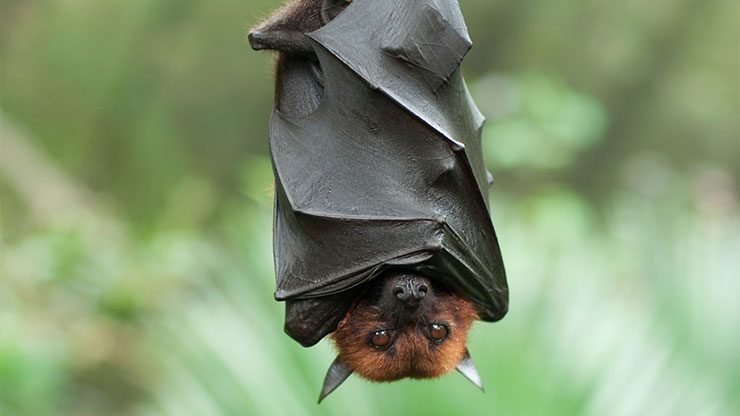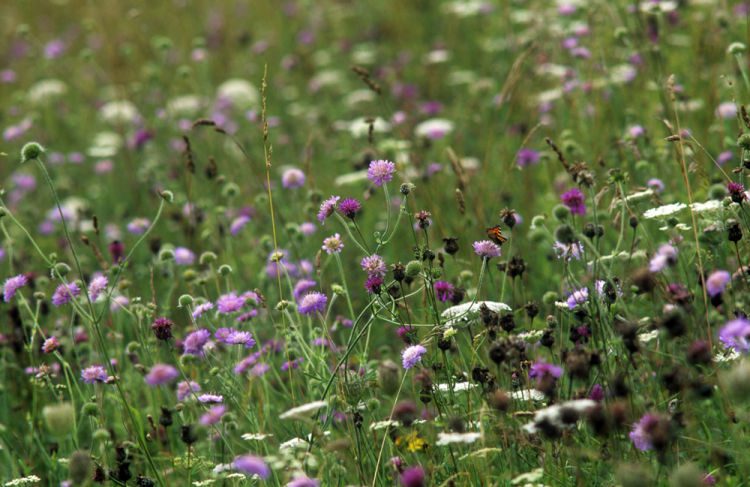Go Wild in the Garden

30th April 2019
Spring is here, the weather (although changeable!) is better and it’s the time to get out and put our green fingers to work.
This week is the Royal Horticultural Society’s (RHS) National Gardening Week – the UK’s biggest annual event to promote gardening and raise awareness of the difference gardens make to people’s lives. With species such as hedgehogs, sparrows and bats declining in the UK, your garden can also make a difference to our wildlife.
The RHS has teamed up with the Wildlife Trust for their joint initiative Wild About Gardens. No matter what type of garden you may have – large, small or simply a balcony – Wild About Gardens’ dedicated volunteers will be able to advise you on how to make your garden a green oasis for local wildlife. Here are some of the easy changes you can make to your own garden:
Bird boxes, tables, feeders and baths – A classic but still a really simple way of getting birds to pay you a visit. Place your bird homes carefully and make sure to mount them high enough to prevent predators getting at them (yes, we’re looking at you cats)! To be extra green you can even create a recycled bird feeder from unwanted plastic.
Grow a wild patch – Consider keeping some areas untouched by the mower. Wildflowers provides vital resources, supporting a range of insects. Long grass is also perfect for grass snakes to hide in and is a cover for small mammals. Turn this into a fun family activity by creating and planting seed bombs in the garden to create a wildflower patch.
Bees and butterflies – The survival of our pollinators is hugely important for not only biodiversity, but also for producing the food we eat. So give back a little something by planting bee and butterfly friendly flowers in your garden. Even a small patio or a balcony can accommodate pots of flowers which will attract bees and you’ll end up with a beautiful, colourful display that will really make a buzz.
Build a bug mansion – A tidy garden leaves fewer places for insects to hide away, so try this fun project where you can create your very own ‘Hotel for Bugs’. Use wooden pallets, bricks, pebbles/stones and twigs amongst other materials to build a structure that useful insects such as beetles can live and hibernate in.
How to attract bats – Bats will be out looking for a tasty insect-meal late in the evening, so you can help them out by planting night-scented flowers such as jasmine, hebe and honeysuckle. Other ways to help bats include creating linear edges to your garden, removing artificial lighting and putting up a bat box.
Hedgehog home – Hedgehogs are declining in the UK, with fewer than 1 million left, in part due to loss of habitats. You can make you garden a safe place for hedgehogs by providing food (dog or cat food is fine – but NOT milk), shelter and creating gaps in fences so they can roam freely to feed and mate.
Water for wildlife – This is a big one! Water is important to wildlife for drinking, habitats and keeping clean and healthy. The best way to provide is to build a pond, but not everyone has the space and means to do this. A bird bath, a running water feature or even just a container of water placed on the ground will be a welcome sight to your garden’s visitors.
The Wild About Gardens Awards Scheme is running in 2019 and is open to anyone who has or is developing a wildlife friendly garden in Kent. Volunteer Wildlife Gardening Advisors visit entries during the summer and Awards are presented for different categories at special event in October. The competition is free for anyone to enter (welcoming donations) and closes the 30th June (31st of May for schools) so get your entry in soon!
There is plenty we can do to help the environment in our homes and in our wider communities. If you’re interested in opportunities to participate in green action then take a look at our green action events or learn more about environmental action in Kent.
Popular articles
Walking the Pilgrims Way
Experience the beauty of walking across the Kent Downs NL through the…
Inspiring Pub Walks In Kent
With spring just around the corner, now is the ideal time to…
Walk Leader Volunteer Opportunity
Discover how you can become a walk leader in Medway! Uncover the…





